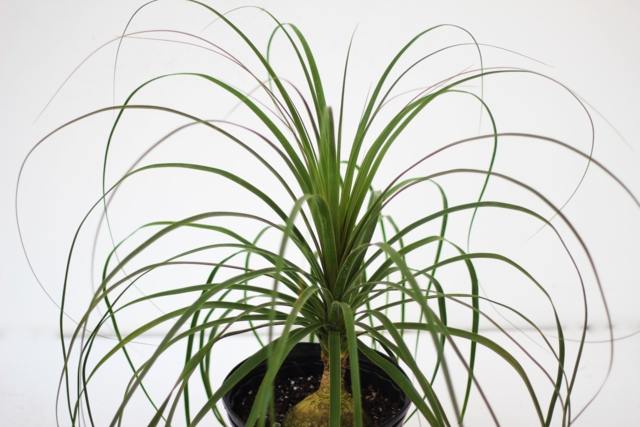Having plants in the house is a very easy way to spruce up a room, and they can benefit our indoor air quality as well as our mood. The tricky part can be finding plants that are aesthetically pleasing to us and our particular tastes and safe for our pets.
Cats and dogs sometimes chew on plants, and if the plant contains toxins it can cause intestinal problems and – in bad cases – death. Some plants can be kept high on a shelf or hanging from a hook which can deter a cat or dog from getting to them. But sometimes that isn’t possible.
For more information about pet-safe plants, check out these articles:
Here are 7 indoor plants that are safe for pets.

African Violet
A perennial flowering plant that is commonly indoors but may also be planted outdoors. Flowers are usually purple but can be pale blue or white.
>> Click Here to Shop for African Violet Plants & Seeds
Image from Wikipedia

Lady Slipper
Lady slipper is a type of orchid that can grow up to 2 feet tall. The flowers range from pink to purple to yellow. It is believed that the plant has tannin oils but there’s been no known effects on pets who may have had contact or chewed on it.
>> Click Here to Shop for Lady Slipper Plants & Seeds
Image from Fleurt

Spider Plant
A very common houseplant that is known to reduce indoor air pollution. It can be a hanging plant so that its stems and plantlets can be displayed, or a smaller variation that is ideal for a shelf or end table.
>> Click Here to Shop for Spider Plants & Seeds
Image from Wikipedia

Money Tree
Need a little luck? Money trees are thought to bring good fortune to those who place it in their home. As the money tree grows, it will sprout new leaves which unfold into five leaf stems.
>> Click Here to Shop for Money Tree Plants & Seeds
Image from Giving Plants

Cast-Iron Plant
The cast-iron plant is great for those of us who have black thumbs. It’s a hearty plant that can withstand irregular watering, low humidity, temperature changes, and low-light. This doesn’t mean you can totally forget about this plant, but it is a good option for those of us who lack talent in the gardening area, like me.
>> Click Here to Shop for Cast Iron Plants & Seeds
Image from Wikipedia

Ponytail Plant
The ponytail plant is another “set it and forget it” type of plant and can be grown in a shallow pot. It’s a slow-growing plant and can be watered every 1 to 2 weeks. Keep them in bright light.
>> Click Here to Shop for Ponytail Plants & Seeds
Image from Alpha Botanical

Catnip
Catnip is a fly and mosquito repellant and can be used as an herbal ailment. Most commonly it is given to cats. Which reminds me, your cat might chew on this one so you may want to keep it somewhere where your cat can’t freely chew on it. You can cut a few leaves off and let your cat roll around and chew on them, as too much might bring out an aggressive response.
>> Click Here to Shop for Catnip Plants & Seeds
Image from Wikipedia
For a more comprehensive list of pet-safe plants check out May’s Greenhouse and the ASPCA’s Comprehensive List of Non-Toxic Outdoor and Indoor Plants.


 PetsWelcome
PetsWelcome



Pictured is Lucky Bamboo, very toxic to cats! The common names of plants can be a tricky area. Lucky bamboo is not, in fact, related to true bamboo plants. It is not native to Asia, and is closely related to the lily. Better known as Dracaena sanderiana, this plant is a fixture in many households.
Read more: http://www.ehow.com/facts_5794733_lucky-bamboo-poisonous_.html#ixzz2l9DMTVk5
My cat spent four days in the hospital after eating lucky bamboo; he almost died. This plant is NOT SAFE for cats! Look at at the ASPCA’s website if you are looking to verify whether plants are cat-safe.
That is a Money Tree, not Lucky Bamboo. Those are very different plants. Money trees grow very large and are indeed safe for cats.
I have a money tree.. my cat chews on it all the time (against my will lol) the plant pictured is NOT toxic.